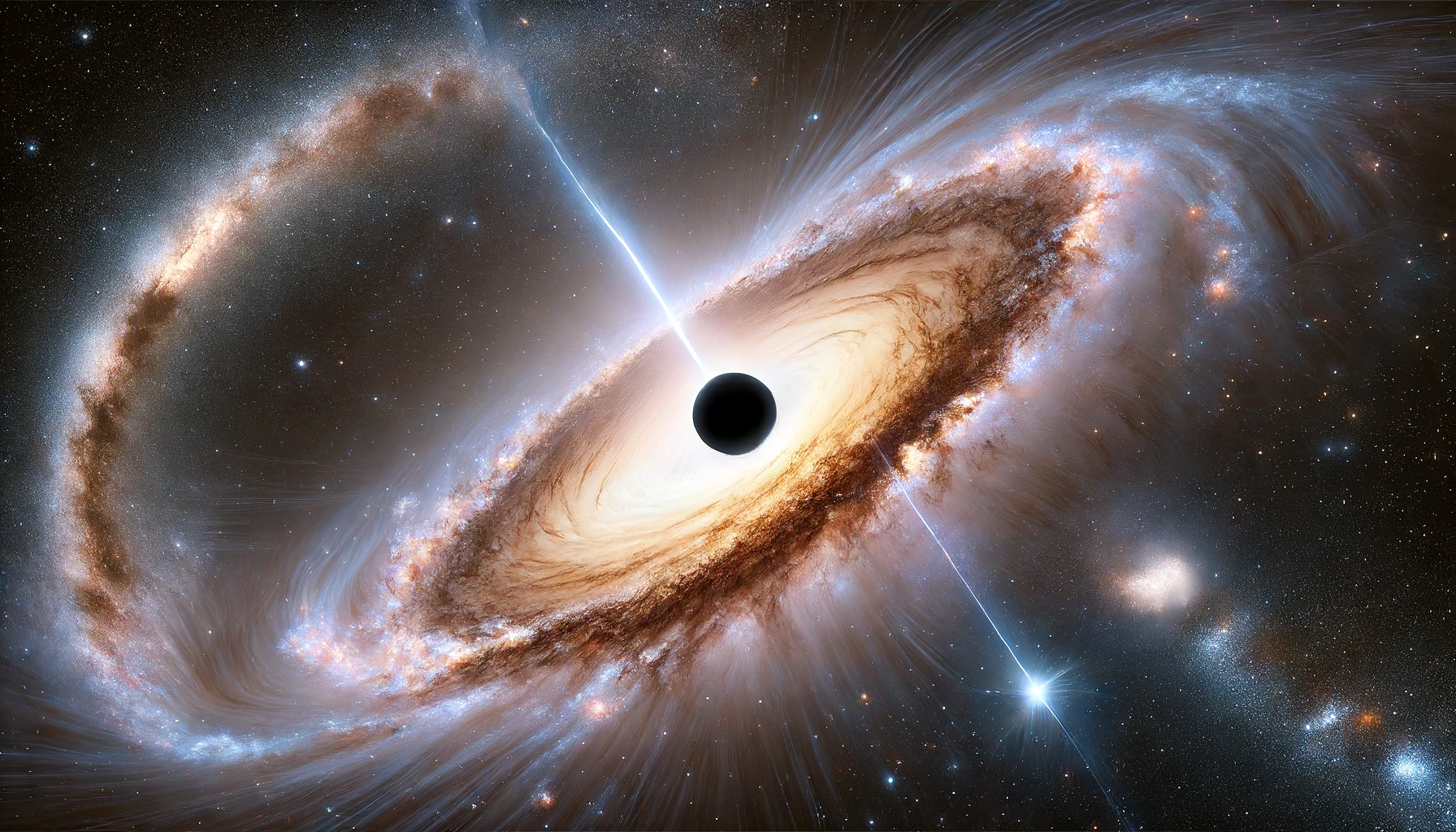Check out this answer from Consensus:
The discovery of new Milky Way satellites and star clusters has been greatly facilitated by advancements in observational techniques and large-scale surveys. From optical and infrared surveys to proper motion studies and Gaia data, these methods have collectively expanded our knowledge of the Milky Way’s structure and its numerous companions. As technology continues to improve, we can expect even more discoveries that will further illuminate the complexities of our galaxy.
The Milky Way galaxy, our cosmic home, is a vast and complex structure teeming with stars, planets, and other celestial objects. Over the years, astronomers have discovered numerous satellite galaxies and star clusters that orbit the Milky Way, providing insights into its formation and evolution. This article explores the number of Milky Way satellites and the methods used to discover them.
Number of Milky Way Satellites
Recent studies have significantly increased the known population of Milky Way satellites. For instance, the Hyper Suprime-Cam (HSC) Subaru Strategic Program has identified several ultra-faint dwarf galaxies, including Boötes IV, which adds to the growing list of Milky Way satellites1. Similarly, the Sloan Digital Sky Survey (SDSS) has discovered five new satellites, including probable dwarf galaxies in the constellations of Coma Berenices, Canes Venatici, Leo, and Hercules2.
The Dark Energy Survey (DES) has also contributed to this effort, identifying eight new Milky Way companions in its first year of data collection10. These discoveries highlight the increasing number of known Milky Way satellites, which now include both dwarf galaxies and globular clusters.
Methods of Discovery
Optical Surveys
Optical surveys have been instrumental in discovering new Milky Way satellites. The SDSS and DES are prime examples of large-scale optical surveys that have identified numerous faint satellites by detecting over-densities of stars that match the expected characteristics of old, metal-poor stellar populations2 10.
Infrared Surveys
Infrared surveys, such as those conducted using the 2MASS (Two Micron All Sky Survey), have also played a crucial role in discovering new star clusters and stellar groups. These surveys are particularly effective in regions obscured by dust, allowing astronomers to identify clusters that are not visible in optical wavelengths8.
Proper Motion Studies
Proper motion studies, which track the movement of stars across the sky, have been used to discover new open clusters. By analyzing proper motion data from catalogs like PPMXL and UCAC4, researchers have identified new clusters that were previously undetected3.
Gaia Data
The Gaia mission has revolutionized our understanding of the Milky Way by providing precise measurements of stellar positions, parallaxes, and proper motions. Using Gaia EDR3 data, astronomers have discovered 628 new open clusters, significantly expanding the known population of such clusters in the Galactic disc4.
Hydrogen Emission Surveys
Surveys that detect hydrogen emission, such as those searching for H I emission, have uncovered galaxies hidden behind the Milky Way’s disk. For example, the discovery of the spiral galaxy Dwingeloo 1 was made possible by detecting its hydrogen emission, which is not obscured by the Milky Way’s gas and dust5.
